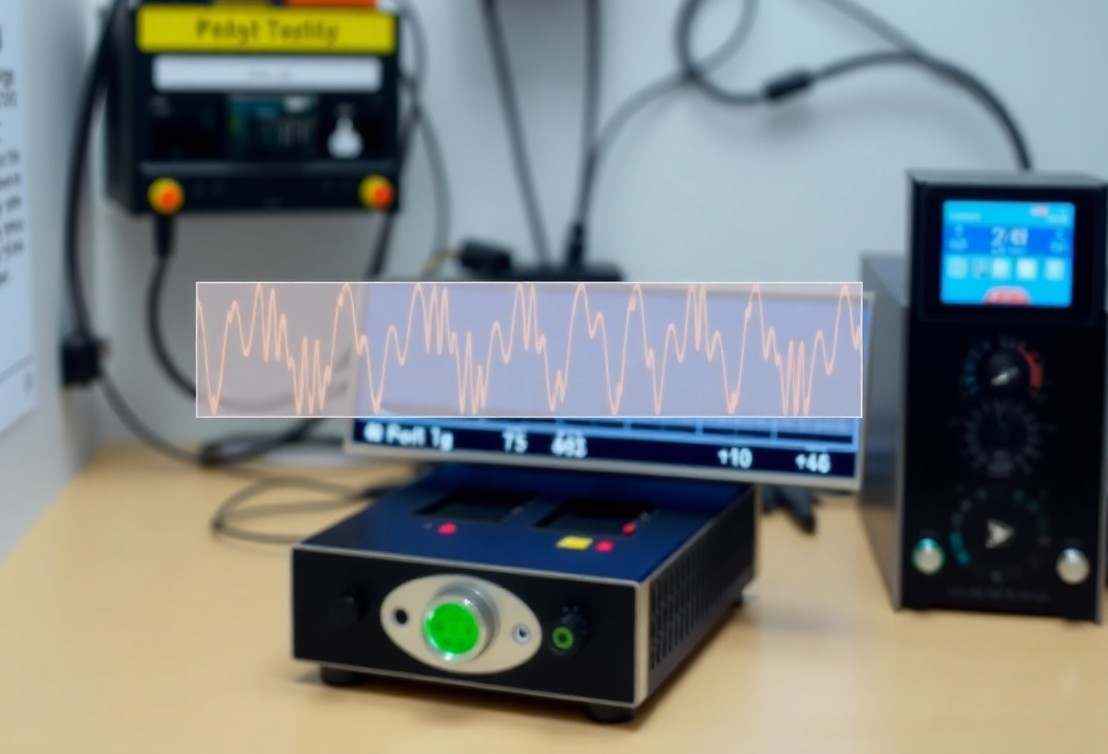
Navigating CE Testing for AI-Enabled Devices
As manufacturers race to integrate artificial intelligence into their devices, a critical question emerges: "How has CE testing evolved to address these new technologies?" The certification landscape has evolved to address AI technologies, and manufacturers need a clear roadmap through these new requirements.
The New World of AI Device Certification
The integration of AI into devices has introduced new considerations for CE testing approaches. Traditional EMC and safety standards now interweave with AI-specific requirements. Three key directives shape today's certification landscape:
-
Radio Equipment Directive (2014/53/EU)
-
EMC Directive (2014/30/EU)
-
Pending AI Act
Critical Changes in Radio Equipment Testing
According to the Blue Guide 2022, manufacturers must address specific requirements when integrating AI into radio equipment. The Radio Equipment Directive Article 3.3 requirements now include:
-
Demonstration that AI features don't compromise radio equipment essential requirements
-
Verification of continuous performance during real-world operation
-
Documentation of how AI functionality impacts radio equipment conformity
-
Evidence of security measures protecting against AI-related vulnerabilities
This is particularly important because the Radio Equipment Directive intersects with AI functionality when it comes to software-defined radio, adaptive systems, and cognitive radio functions.

EMC Testing in the Age of AI
AI-enabled devices, like other complex digital systems, must address various electromagnetic compatibility challenges. Neural processing units can generate varying emission patterns during different operational states, which need to be considered during EMC testing.
EMC Testing Must Account for Dynamic Processing States
EMC testing needs to verify performance across different operational states:
-
Boot and model loading generate distinct emission patterns.
-
Peak processing creates another unique electromagnetic profile.
-
Learning phases also produce different electromagnetic measurements.
The Temperature Factor
Temperature management is now a critical factor in certification. Neural processing units (NPUs) generate varying thermal outputs, which must be accounted for during testing. Key considerations include:
-
Thermal fluctuations – Changing temperatures can affect EMC performance.
-
Cooling system design – Must ensure compliance across all thermal states.
-
Testing across conditions – Thorough evaluation is required to mitigate risks from heat-induced variations.
Power Management: A New Frontier
AI workloads introduce varying power requirements that affect EMC compliance. Testing should evaluate:
-
Power consumption across processing loads – Different workloads draw varying levels of power, influencing emissions.
-
Transition effects – Shifts between low and high power states impact electromagnetic emissions.
-
Power supply stability – It must remain stable while ensuring efficiency across all operational modes.
Strategic Certification Planning
Success requires careful preparation and execution across three key phases:
Phase 1: Preparation
Start with thorough system analysis. Review your AI architecture. Identify critical functions. Document potential risks. Run preliminary EMC measurements to establish baselines.
Phase 2: Laboratory Testing
Testing requirements include these key areas:
EMC Testing:
-
Radiated and Conducted Emissions
-
Immunity testing of enclosures, power and signal lines
-
Harmonic current when > 75 Watts of power used
Safety Testing:
-
Electric shock protection
-
Fire hazard assessment
-
Mechanical safety
-
Temperature rise patterns
Phase 3: Documentation
Documentation forms the backbone of certification. Your technical file needs:
Core Components:
- Product specifications
- Design documentation
- Risk assessments
- Test reports
- Declaration of Conformity
AI-Specific Elements:
- System architecture details
- Training methodology
- Performance validation
- Safety mechanisms
Looking Ahead: The AI Act Impact
The upcoming EU AI Act will introduce new testing requirements. Forward-thinking manufacturers are:
- Enhancing documentation systems
- Adapting testing protocols
- Updating quality management
- Preparing for stricter standards
Your Path to Global Market Access
CE testing provides regulatory compliance and market access opportunities, offering IT and multimedia manufacturers a powerful tool for global market expansion. The certification process provides simplified pathways to international expansion, delivering both immediate market access and long-term strategic advantages.
Ready to Start Your CE Certification Journey?
Green Mountain Electromagnetics specializes in guiding manufacturers through the complexities of CE testing for AI-enabled devices. Our experienced team can help you navigate the certification process efficiently and effectively. Contact us today for a consultation and learn how we can support your path to European market access.